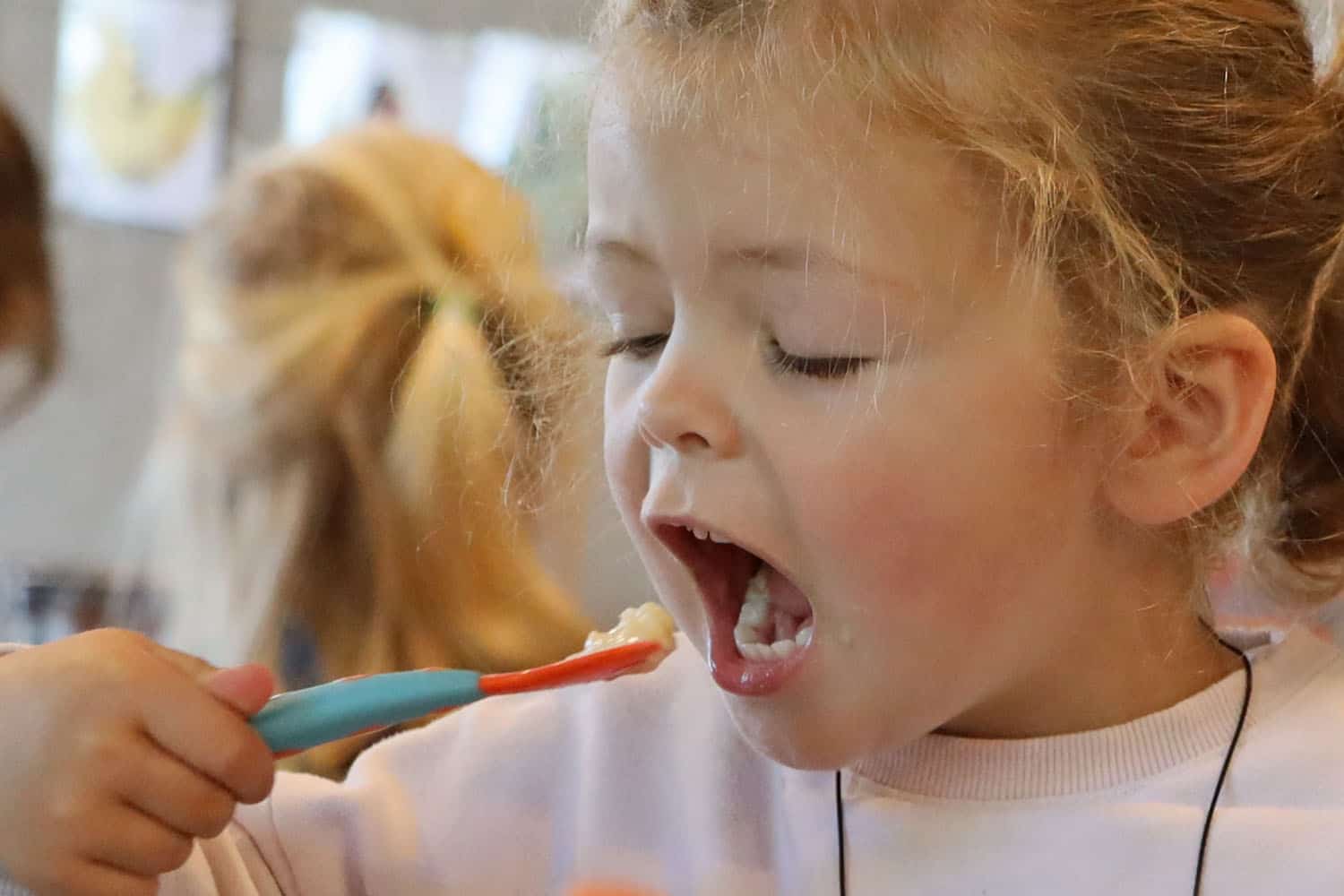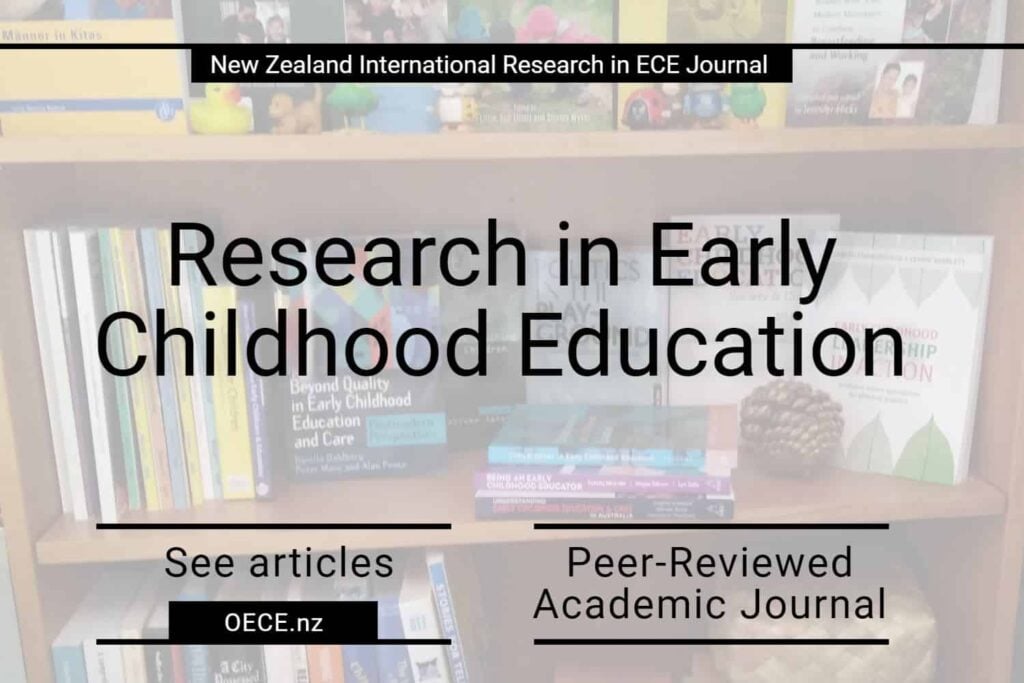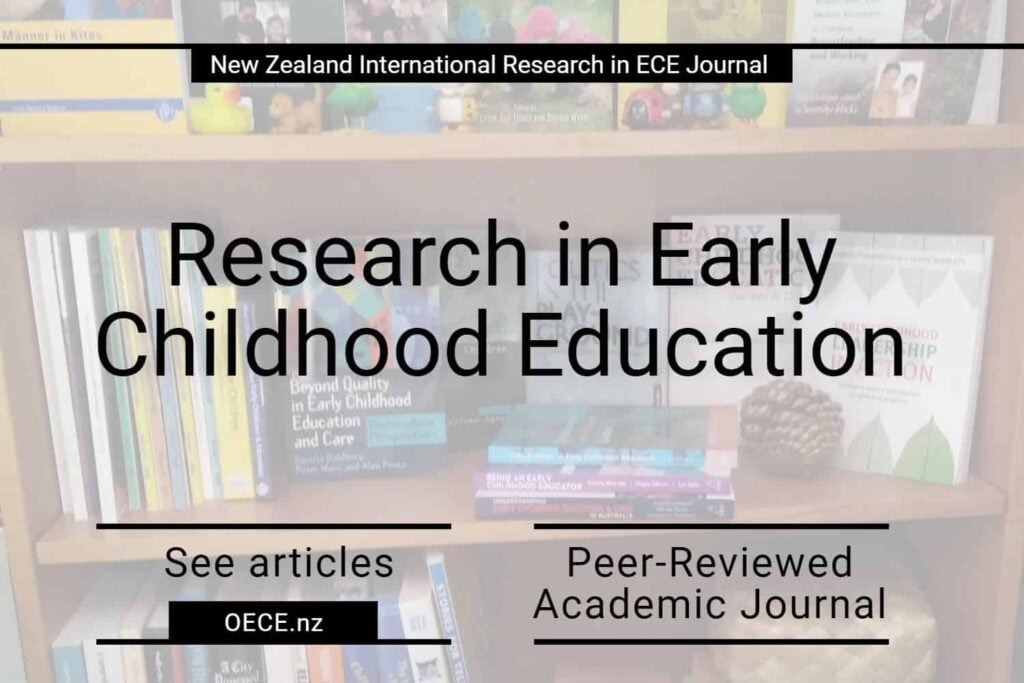Food nutrition.
June 15, 2017.
Many early childhood education centres serving food to children do not have menus that meet nutritional guidelines, according to new research from the University of Auckland’s Centre for Longitudinal Research.
Researchers collected menus in an online survey of 257 licensed childcare centres in Auckland and Waikato. Only menus that comprised lunch plus two or more other snacks or meals each day for five days were included in the analysis. These were compared with requirements for half of a child’s recommended daily intake and variety of foods across the week.

Lead author Sarah Gerritsen says that half the menus did not contain sufficient quantities of grains (breads and/or cereals) and dairy (milk and/or milk products) to meet half of a pre-schooler’s daily requirements, i.e. two serves of grains and one serve of dairy per day. There was also a lack of vegetables on the menus compared to fruit.
More than half the menus listed too many “sometimes” foods. These foods may have some nutritional value but contain moderate levels of saturated fat and/or salt and/or sugar. Examples of “sometimes” foods are muffins, plain biscuits, ice-cream and sausage rolls. Early childhood education centre menus should be dominated by “everyday” foods, i.e. providing at least four everyday foods for each sometimes food listed.
The mean score for the 57 full menus analysed was 6.8 (out of 10), however only three menus (5 percent) met all 10 scoring criteria. The majority of privately run centres did not meet each of the scoring criteria, with the exception of daily recommendations for fruit.
Half the cooks in participating centres did not have a recognised qualification in food safety, hygiene or food service, and only one in six had had any nutrition training.
Food cost did not appear to be a factor in meeting the guidelines, with some very good, high scoring menus costing between two and four dollars per child per day.
“This study is the first time childcare menus have been investigated in New Zealand, and provides a baseline for monitoring compliance with nutrition guidelines,” says Sarah Gerritsen
A Commentary by Dr Sarah Alexander
We view this to be a significant study for the early childhood sector, and in particular for full-time services assisting time-stretched working parents in providing what is often their child’s main meal of the day.
Early childhood centres that provide meals are taking the responsibility of a parent for a child’s nutritional intake.
What food an early childhood service serves is essentially up to the service. Participation in the Healthy Heart Award programme is voluntary. The Ministry of Education are not known to check menus and monitor centre compliance with the requirement that food served meets children’s nutritional needs, is served at appropriate times, and is of sufficient variety, quantity, and quality. It may however check if it receives a complaint against a service.
The study relied on self-reporting by the centres. Further research is needed on actual practices in what is served to children in centres.
There is also a need to look at what children eat versus choose not to eat and the choices available to children with different food preferences (e.g. cultural, ethical) and different reactions to how food may be presented to them. For example, for lunch at a centre I visited, a big scoop of fish pie was sloshed into pudding-bowl plates in front of each child sitting at tables and then an adult handed out a slice of white bread, cut in half and heavily margarined, to each child. An older boy of about 4 years asked to have an extra slice of bread and he was told no he had to eat the fish pie. I could see the look on his face that it simply did not appeal to him – and it certainly would not have appealed to me either. He ate only the slice of bread and this was his lunch.
What the study does not tell us and what we also need to get a national picture on is the nutritional intake of infants and toddlers in centres and whether infants, especially under six months are still receiving breastmilk. Breastmilk, in the first six months is associated with better health and learning outcomes for children. In 2015 there were 21,700 children under 2 years of age in childcare centres).
The study discovered a link between centre auspice and the nutritional quality of menus. This then raises another question of what is it about privately-owned centres that as a group these centres are failing children nutritionally compared with public and community-operated centres? The study findings show that the difference cannot be explained by food cost, so perhaps its knowledge of nutrition and willingness to invest in training? Over double the number of children attend centres in private ownership. We need to take seriously this possible link between centre auspice and nutritional choices for children and policy work in particular is needed on this. (In 2015, private education and care centres had 88,850 children and community education care centres had 36,588 children enrolled)







